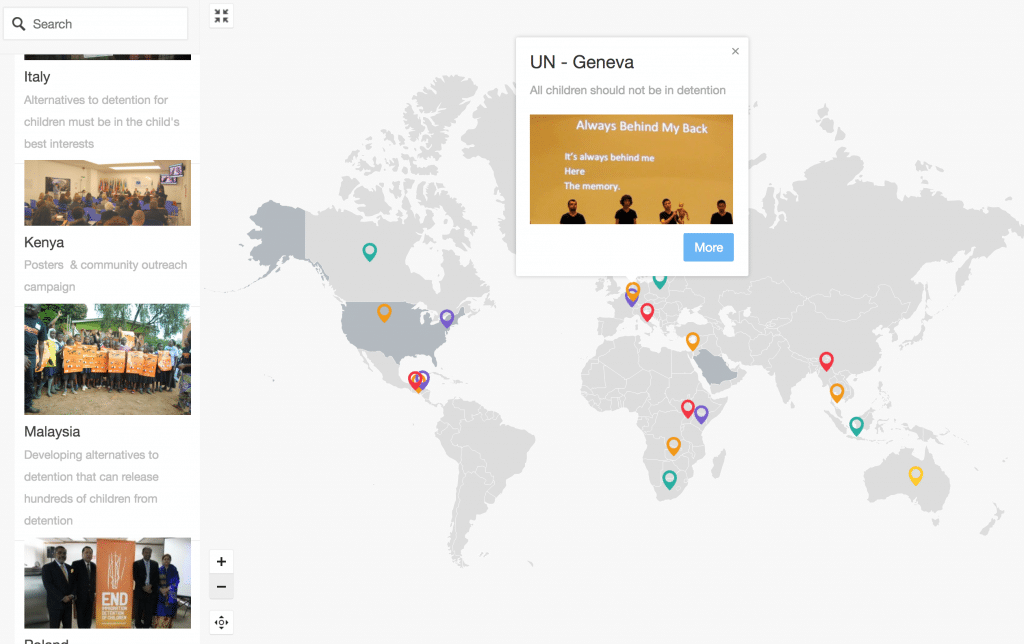Let’s Talk About Solutions
Around the world we campaign to end the immigration detention of children. And that seems simple enough, right? As campaigners and human rights defenders, we are well versed in articulating injustice and sharing what the problem is. I’ve been privileged to be part of and witness the critical sharing of narratives that have changed hearts and minds of decision-makers around the globe. As we continue moving forward, we must hold our place in the process of change by also training ourselves to talk about solutions. After all, it’s civil society that should be directing the solutions to injustices happening in our own communities.
While there are whole government sectors who are supposed to work out the most efficient way to do things, the fact remains that organised human rights and advocacy networks are positioned with deeper connections to impacted communities and are best able to articulate solutions that put us one step closer to a more humane outcome. In short, those who are closest to the problem are in the best position to shape the solutions.
But what is an alternative to detention?
An ALTERNATIVE TO DETENTION is any law, policy or practice that allows people to live freely in a community setting while waiting for their immigration status to be resolved. It’s entirely possible for governments to make a law that prevents children from being locked up because of their migration status.
But a law alone does not prevent children from being locked up. Many countries continue to lock children in immigration detention despite having laws that prevent the practice from taking place. Another way that governments can prevent children from being locked up is to write a policy or put in place a practice.
Check out our MAP highlighting advances in alternatives to detention around the globe!
When most people think about immigration detention they think of a physical place, such as a prison where people are locked up. But an alternative to detention is rarely one place – in fact for them to work effectively, a whole array of systems need to be working together. So a law may be an alternative to detention, and a foster system that allows asylum seekers to live in the community may also be an alternative to detention. Together, these alternatives provide the best care for children, a vast improvement on the known harms of placing children in immigration detention.
If you are interested in finding out more about alternatives to detention for children, we’ve developed this short ONLINE TRAINING COURSE. Take 15 minutes to see some alternatives to detention in action, and hear from the people who are running them. I promise when you have that tough conversation with a politician about “the solution” you’ll be better equipped to respond after watching it.
IDC Toolkit Launch: Members from Int. Detention Coalition – IDC on Vimeo.
If you want to find out more, contact [email protected]




